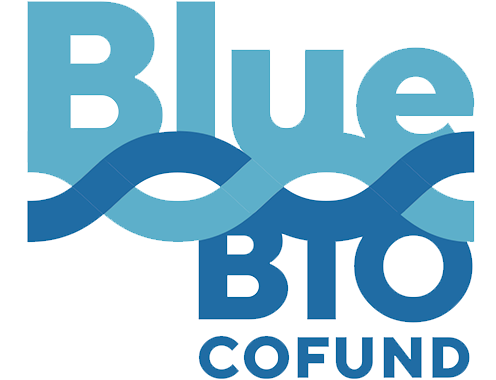Communicating and Promoting Your Project

The beneficiaries must promote the action and its results, by providing targeted information to multiple audiences (including the media and the public), in a strategic and effective manner and possibly engaging in a two-way exchange (Article 38 of the model grant agreement).
What does communication involve?
The communication activities must already be part of the proposal (either as a specific work package for communication or by including them in another work package).
They are taken into consideration as part of the evaluation of the criterion ‘impact’.
A comprehensive communication plan should define clear objectives (adapted to various relevant target audiences) and set out a description and timing for each activity.
With your communication activities you call attention of multiple audiences about your research (in a way that they can be understood by non-specialists) and address the public policy perspective of EU research and innovation funding, by considering aspects such as:
- transnational cooperation in a European consortium (i.e. how working together has allowed to achieve more than otherwise possible)
- scientific excellence
- contributing to competitiveness and to solving societal challenges (eg. impact on everyday lives, better use of results and spill-over to policy-makers, industry and the scientific community).
Good Communication
- starts at the outset of the action and continues throughout its entire lifetime
- is strategically planned and not just be ad-hoc efforts
- identifies and sets clear communication objectives (e.g. have final and intermediate communication aims been specified? What impact is intended? What reaction or change is expected from the target audience?)
- is targeted and adapted to audiences that go beyond the project’s own community including the media and the public
- chooses pertinent messages (e.g. How does the action’s work relate to our everyday lives? Why does the target audience need to know about the action?)
- uses the right medium and means (e.g. working at the right level – local, regional, national, EU-wide?; using the right ways to communicate – one-way exchange (website, press release, brochure, etc.) or two-way exchange (exhibition, school visit, internet debate, etc.); where relevant, include measures for public/societal engagement on issues related to the action)
- is proportionate to the scale of the action
From ec.europa.eu
What does communication involve?
The communication activities must already be part of the proposal (either as a specific work package for communication or by including them in another work package).
They are taken into consideration as part of the evaluation of the criterion ‘impact’.
A comprehensive communication plan should define clear objectives (adapted to various relevant target audiences) and set out a description and timing for each activity.
With your communication activities you call attention of multiple audiences about your research (in a way that they can be understood by non-specialists) and address the public policy perspective of EU research and innovation funding, by considering aspects such as:
- transnational cooperation in a European consortium (i.e. how working together has allowed to achieve more than otherwise possible)
- scientific excellence
- contributing to competitiveness and to solving societal challenges (eg. impact on everyday lives, better use of results and spill-over to policy-makers, industry and the scientific community).
From ec.europa.eu

